What is Exosome Therapy?
Some of the most cutting edge treatments in regenerative medicine today are based on exosome therapy. Studies of this cellular therapy have yielded optimistic prospects, and have shown that exosomes can be used in a wide array of applications and types of treatments.
Being such a new therapy, it is important to know their chief characteristics, how they work, and the functions that they are responsible for, as well as how these details are crucial in treatment with exosomes.
What Are Exosomes?
Exosomes are small extracellular vesicles that are secreted by cells. They are responsible for intercellular communication, where they basically act as messengers carrying valuable protein signals and genetic information (DNA & RNA) between the cells.
They can spread throughout the whole body, delivering messages that tell the cells how to behave, what is happening in the nearby area, or what they should be producing. These messengers are produced by the cells in our own body naturally, and Stem Cells are the chief producers.
What Does Treatment With Exosomes Entail?
Exosomes, being mainly produced by stem cells, have been hypothesized as a treatment for the regeneration of tissue.
This was discovered during investigations in which it was observed that the repairing effect of stem cells can be replicated using only exosomes. This, in turn, opened the door to a method of regenerative medicine therapy that is completely free of stem cells.
The treatment is simple. Immediately upon applying the exosomes directly into a wound or deteriorated tissue, it will improve the communication among affected cells. These exosomes will send proteins which help cells to both regulate themselves and repair tissue.
What Can Exosome Therapy Treat?
As it is capable of regenerating many different types of tissue, exosome therapy is chiefly applied in the treatment of wounds and to diminish the effects of wear and aging on the body. Where treating wounds are concerned, exosome therapy has been proven empirically to produce two effects upon application:
A notable decrease in pain and inflammation: this is the first potential effect. This is due to exosomes being rich in immunomodulatory proteins which both facilitate and regulate the immune response of the human body. This is done through T Cells and NK Cells, which leads to reduced pain and swelling in the affected area.
Repairing and Remodeling of Tissue– the second possible effect is because exosomes have the remarkable ability to instruct other cells around them to repair themselves and surrounding tissue. This brings with it long-lasting regeneration and symptom relief.
How Is This Treatment Applied?
One of the principal application routes is via injection directly into the wounded area– or the area in which one desires treatment. Exosome ampules administered in this form can count on a high concentration of exosomes, along with a smaller concentration of other cellular components like cytokines and chemokines, being delivered into the patient.
This procedure does not require any heavy set-up time and can be realized in a clinic. Injection can be done with a fine needle to reduce any possibility of pain, and there is no recovery time required after the application.
Who Can Use Exosome Therapy?
This cell-free regenerative medicine treatment can be very beneficial for people suffering from a wide variety of illnesses. Currently, research is being conducted to discover the true reach that this treatment has– but nevertheless, marked improvement has been found in patients suffering from chronic inflammation, immune-system disorders, degenerative diseases, and Lyme disease.
The deterioration that the body can suffer as a result of genetics, environmental factors, or caused by chronic diseases can be assuaged upon receiving a high dose of exosomes, which reduce inflammation and spur repairing in the tissues.



